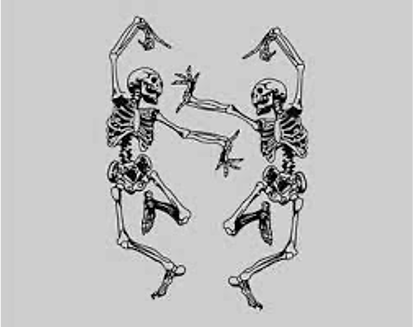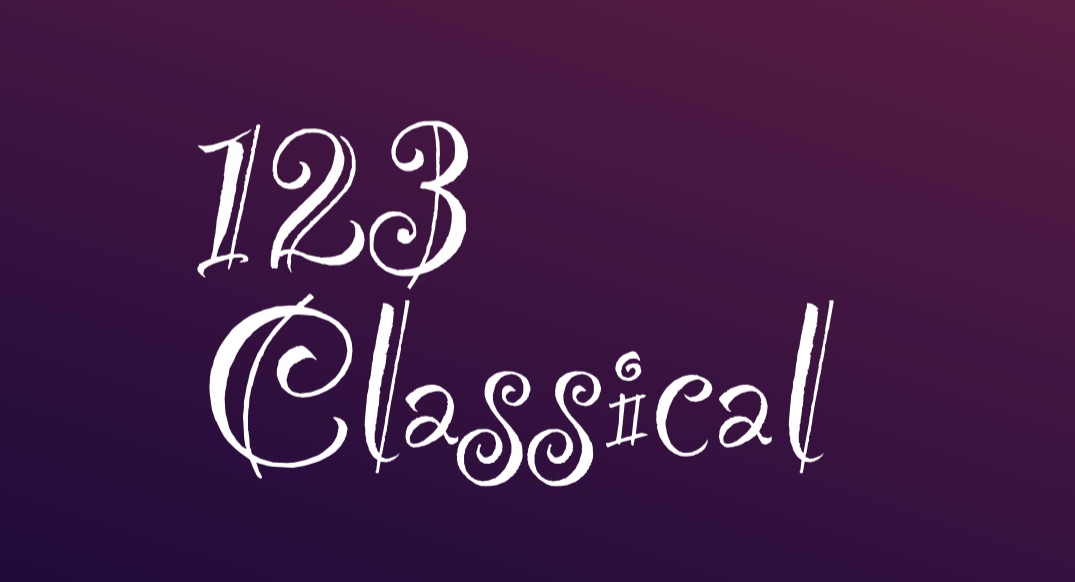

There are many pictures that classical music might be conveying, not only pictures from nature. For example, in the famous ‘Pictures at an Exhibition’, Mussorgsky is inspired by an exhibition of an artist's work, as a tribute to that artist who was his close friend and died very early. With each part of the music masterfully describing a painting, we can actually visualize these paintings; this is amazing as most of these paintings do not exist today, but are still remembered through the music. Similarly, in the ‘Danse macabre’ by Saint Saens, through the different instruments depicting sounds, such as the bones of the skeletons as they dance, we can imagine the dance by skeletons, crawling out of their graves in a graveyard party, to escort humans to their graves in a waltzy rhythm. There are also many musical works where the composers are not clearly suggesting any image and we have to let our imagination free. So, in ‘Romance No 9’ by Sibelius, the glittering and shimmering piano sounds may be visualized as stars falling from the sky and us trying to snap as many of these as possible. In general, mental images enrich our listening experience and make it much more memorable by setting in action more than one sensory inputs.
"Pictures at an exhibition"
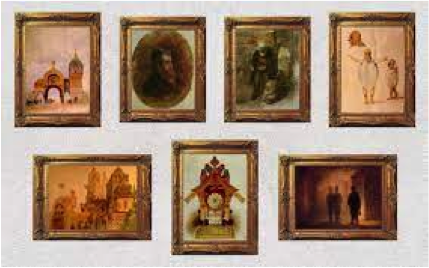
"Baroque Venice"
(Concerto for Oboe in D Minor Op. 9 No 2)

"Italian symphony" / Movement 1
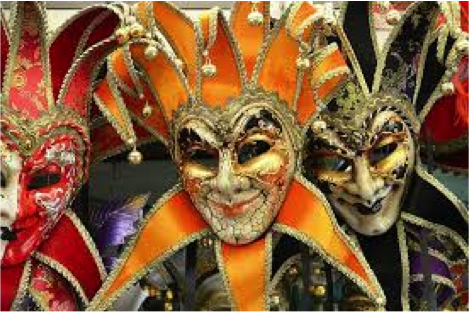
"A new future"
(Organ Sonata No 4 BWV 528)
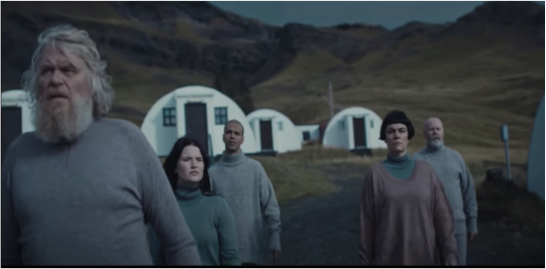
"Brandenburg concert no 3"
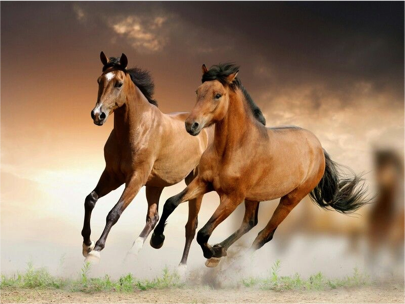
"Cascading glitters"
(Impromptu No 5 in B Minor / Vivace)

"A playful journey"
(Concert for 2 Pianos and Orchestra / Movement 1)
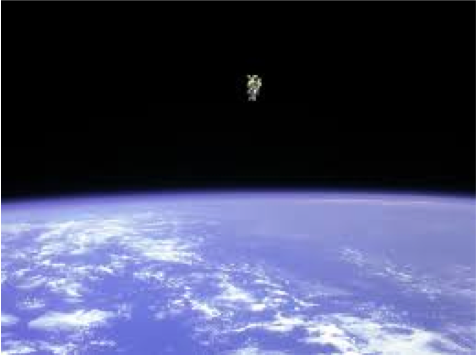
"Scenes from childhood"

"Heaven"
(Flute and Harp Concerto No 2)
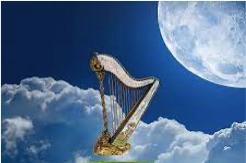
"Danse macabre"
